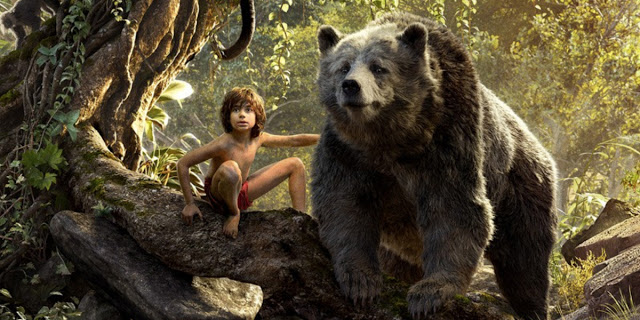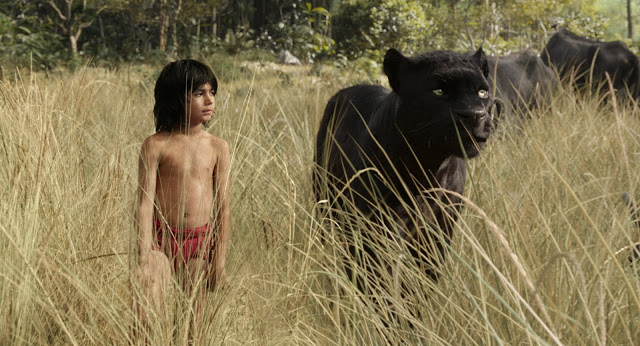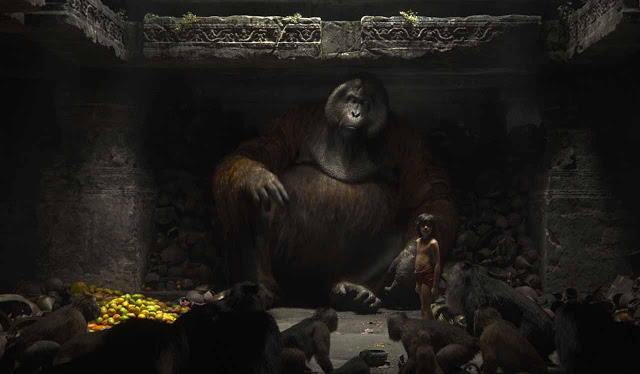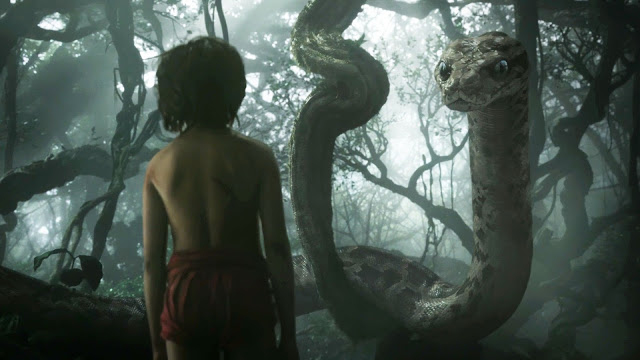If it hadn’t already experienced one two decades ago, Walt Disney Pictures would be in the midst of a renaissance. Even ignoring its partnership with Pixar, the company’s animated division has been on a hot streak, producing a string of critically and commercially successful hits like Tangled, Wreck-It Ralph, Big Hero 6, and a little film called Frozen. But where the mouse house’s animation department continues to place a premium on forward-thinking, original storytelling, its live-action complement has preferred to look backward, rebooting classic studio properties for the millennial age. A few of these efforts have been successful—The Muppets was wonderful (its sequel, less so), while Maleficent put a fresh and exciting spin on Sleeping Beauty—but the concept of dusting off golden oldies for a new audience remains both predatory and lazy, an easy substitute for real creativity. Last year’s Cinderella was perfectly fine, but it offered no real reason for its existence beyond seeing quality actors stuffed into ravishing costumes. Now comes The Jungle Book, based on Rudyard Kipling’s popular anthology, which in 1967 Disney turned into a beloved cartoon musical, and which is now receiving a live-action adaptation.
Though perhaps I should put “live-action” in quotation marks. It is true that this movie features a flesh-and-blood actor in Neel Sethi, a 12-year-old Indian-American who plays the iconic Mowgli with competent cuteness. He also does it basically by himself, appearing in front of the camera alongside a potpourri of CGI animals that prowl across digitally rendered landscapes. (There are even rumblings that the movie could compete in the Best Animated Feature category at next year’s Oscars.) In the process, The Jungle Book strives to position itself as a new classic for the current generation of Disney-reared children, trying to combine the plucky joy of the prior cartoon with a tinge of contemporary seriousness. In this, it fails. But it remains notable as a signpost that marks the continually disappearing line between the corporeal and the computerized, illustrating just how skilled Hollywood technicians have become at turning artifice into art.
This is not a trivial accomplishment. The paradox inherent in imaginative filmmaking is to dazzle audiences with fantastical worlds while simultaneously convincing us of their reality. And director Jon Favreau does a remarkable job of walking this tightrope, creating a verdant forest of bright colors and exquisite detail that also seems soaked through with hot, heavy moisture. (The supposed setting is India; filming took place in Los Angeles.) In the film’s opening scene, Mowgli swings from vines and scampers across branches, and you never once sense that he’s performing these actions surrounded by green screens and lighting rigs. You’re too busy being welcomed to the jungle.
As impressive as the movie’s environments are, where it really excels is in depicting its inhabitants. Smartly, Favreau doesn’t overdo the animals’ anthropomorphic qualities; yes, they talk, but when it comes to movement, they behave mostly like their real-life counterparts. That enhances their physical credibility, which is crucial, especially when they interact with Mowgli. The technique isn’t quite flawless—there’s a brief adjustment period at the outset when you mentally process the digital imprints—but it’s still extraordinarily effective, with panthers and tigers and bears all acquiring real weight and tangibility. With painstaking care, Favreau has ensured that this jungle doesn’t collapse into an uncanny valley.
If only he had given equal thought to the film’s story, which I scarcely need describe. Abandoned as an infant, Mowgli found shelter in the forest thanks to the panther Bagheera (Ben Kingsley), and he was raised in a wolf pack by Raksha (Lupita Nyong’o). Everyone acknowledges his existence as a “man-cub”, but he nevertheless lives in harmony with his four-legged brethren. That is, until Shere Khan (Idris Elba, oozing malevolence), a Bengal tiger with a scarred face and a score to settle, declares Mowgli persona non grata. Fearing for the safety of his lupine family, Mowgli absconds, venturing into the great unknown with nothing but his wits and his fear to guide him.
This type of journey is rife with potential for intrigue and drama, but The Jungle Book plays things exceedingly straight, resulting in a predictable, beat-by-beat tale of trauma and redemption. Along the way, Mowgli befriends the bear Baloo (Bill Murray, well-cast), battles the gigantopithecus King Louie (Christopher Walken, inevitably recalling his dance moves from Spike Jonze’s legendary “Weapon of Choice” video), and learns valuable lessons about unity, perseverance, and self-acceptance. It’s all very comforting and familiar and bland, which makes for an unflattering comparison with Disney’s own Zootopia, which just last month preached similar lessons with far greater style and verve. Where that movie felt fresh, The Jungle Book is entirely recycled, with Favreau even stooping to import two songs directly from the original cartoon. The film’s animals may be invisibly composed of ones and zeroes, but it’s the writing that’s really by-the-numbers.
None of this diminishes The Jungle Book‘s craft. It is an undeniably impressive motion picture. (Its use of 3-D is basically neutral; it doesn’t add much—well, except for three dollars to your ticket price—but at least it doesn’t dampen the jungle’s magnificence.) And Sethi, in his first feature role, should be commended for credibly portraying a child sharing the same space with digital creations. But while the film is an arresting visual achievement, it is frustratingly flat as a piece of storytelling. It doesn’t help that Favreau’s attempts to darken the proceedings feel forced; there is a death that’s curiously lacking in impact, as well as a mundane climax that passes for clever but is actually just tired and incoherent.
In the movie’s best scene, Mowgli finds himself transfixed by Kaa (Scarlett Johansson), a gigantic python who enraptures him with a tale of his past, all while quietly ensnaring him in a deadly embrace. It’s the one moment that casts a spell on the audience, and The Jungle Book could have used more of that sense of transportive hypnosis. Instead, it settles for surface pleasures, wowing us with its brilliantly realized world but never inviting us inside it. It convincingly creates animals who can talk. But it would be nice if they had something to say.
Jeremy Beck is the editor-in-chief of MovieManifesto. He watches more movies and television than he probably should.




